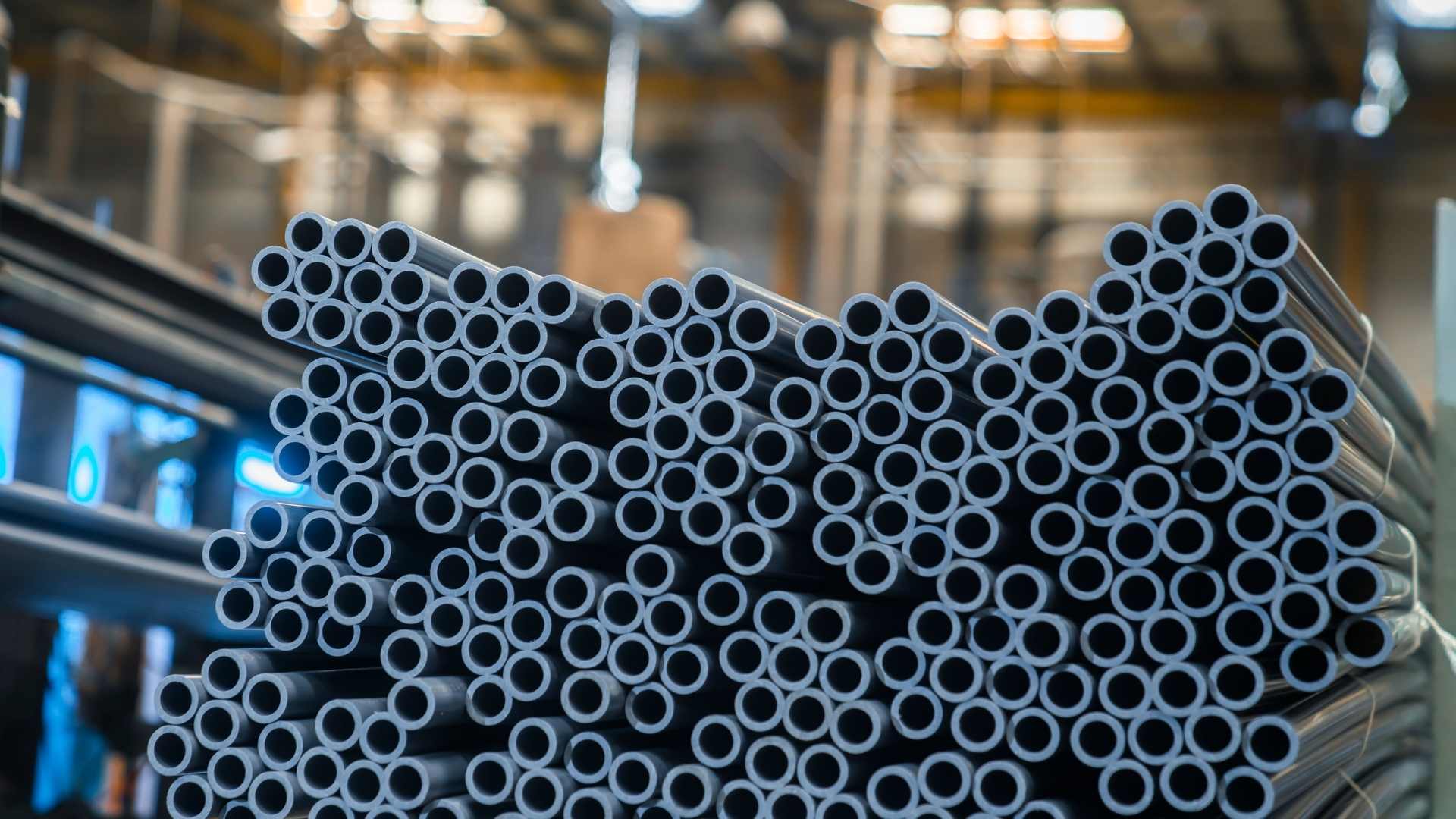Philippine vs. American Architecture
Today, architecture in the Philippines is the result of a natural creation enriched by the absorption of numerous influences. It originated from our neighboring Malay brothers' pre-colonial influences, continuing to the Spanish colonial era, the American Commonwealth period, and contemporary modern times. As a result, the Philippines has become a melting pot of architecture, distinctly Filipino with an unintended tinge.
Leandro Locsin, the late national architectural hero, once said that Philippine Architecture is an enigmatic thing, for although it makes full use of modern technology, it is a legacy of the numerous overlays of foreign influences left over over the centuries in the Philippines.
The architectural landscape of the Philippines is a contrast between small traditional huts made of wood, bamboo, nipa, grass, and other native materials; the large colonial churches of Spain and strong baroque style fortifications. With their modern 20th century designs, the American mission style architecture as well as the commercial buildings; and today's contemporary, the concrete structures of the cities are formed.
With an expertise in space planning, conceptual design, furniture layouts, material selection and specifications, Architect Jovito Donato is the featured professional for the month of December. He leads the design for both architecture and interiors for all single and multi-family development projects. With a clear understanding of the relationship between architecture and interior design, Architect Jovi has the ability to merge the two into one cohesive built environment.
Architect Jovito graced our ProsTalk campaign for Buildeee with an interesting topic to start with, the difference between Philippine and American Architecture.
Here’s the youtube link for the ProsTalk Episode (Duration: around 14mins)
>>> Philippine Architecture vs. American Architecture
What made Philippine Architecture Unique?
When we think of Filipino architecture, we imagine Bahay Kubo right away. It expresses our ancestors' creativity and resilience. Made from local materials built to conform to the geographical climate, it is culturally and geographically distinctive.
Although we have great inspirations in bahay kubo or bahay na bato, they are not however, the sole representations of our identity. We instantly recall the houses in Batanes, tropical-Hispanic Ilocos, and ancient Malay-Tagalog whenever we speak about Philippine architecture. These are strong representatives of our identity as well.
The Philippines is so rich in the flora, fauna and biodiversity of the country. In fact, it is No. 1 in marine biodiversity and has the world's third longest coastline, longer than the United States on the mainland.
Our building design can be influenced by water waves, flowers such as sampaguita, shells of the sea, pearls, natural habitats, and indigenous plants and animals. We also integrate the use of materials such as bamboo, abaca, capiz, coco-timber, and rattan, among others that are naturally abundant in our country.
Wood vs. Concrete
As mentioned by Architect Jovito, it took a longer time in the Philippines to finish building a house compared to those of the Americans. The main reason behind it is the use of wood and concrete. For thousands of years, wood and concrete have been used in building. Both materials have properties that make desirable construction materials.
Concrete is the second most used material after water and most of the buildings in the Philippines used concrete as its core foundation. Concrete is heavy and difficult to transport. Having said that, it will always be a slower process if homeowners planned to use concrete. The process is different when it comes to American Architecture for they are using wood instead. Wood is lightweight and it has become a natural resource abroad.
Read More...
Wood vs Concrete: Which is better?
The past of the architecture of the Philippines is rich in tradition, and many of the old-era structures still stand as a reminder of the humble origins of the country. While war and colonial misgivings are tainted by its history, these buildings still reflect the cultural heritage of the nation. It is a culmination of the nation and its neighboring countries' foreign inspirations, and its importance can only die if it is allowed by its citizens.
Check out Architect Jovito’s collection of his works on Buildeee. You can also check out our pool of professionals if you are planning to build your ideal home.
- #Philippine Architecture
- #American Architecture
- #Architecture in the Philippines





